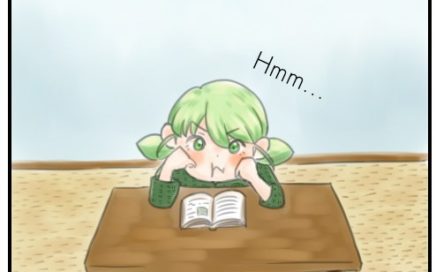
Adventures In Tea! Issue 2: What is Umami?
Japanese Version Here 日本語版はこちら: https://www.obubu.net/oblog/28393.html

Japanese Version Here 日本語版はこちら: https://www.obubu.net/oblog/28393.html
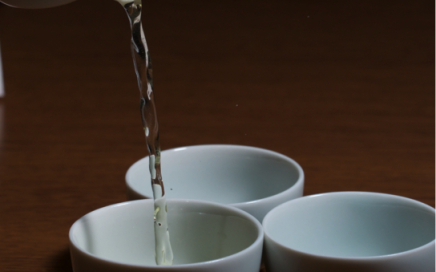
More and more individuals are becoming enchanted by the Japanese tea room and ceremony service. Chado (the Japanese tea ceremony) searches for finesse in simple movement, and showcases elegance and purity in form. When coming to Japan, it seems as if these qualities are inherently ingrained within the lifestyles of the people. Coming to Japan […]

If you search how to assess tea quality, one of the criteria you will find is a uniform, deep green colour and a consistent leaf size. However, are this criteria inclusive enough to appreciate the wonderful thing that is Aracha? What is it? Also called “farmer’s tea”, “raw tea”, or just unrefined tea, Aracha is the result […]

Matcha Chia Pudding (serves one or two people) Increase the benefitsthat Matcha is provides by combining the green gold with another super food. In recent years chia seeds from South America have found their way in to the kitchens of numerous health conscious people. Enjoy it as a dessert to round off your meal or […]

The first thought that comes to everybody’ s mind when hearing ‘Japanese tea’ is an emerald green tea, natural in its flavour and filled full of umami flavours. Here is big news for everyone that didn’t know: some Japanese Farmers also produce black tea, known as Wakocha. Japan, a great green tea producing nation, opened […]
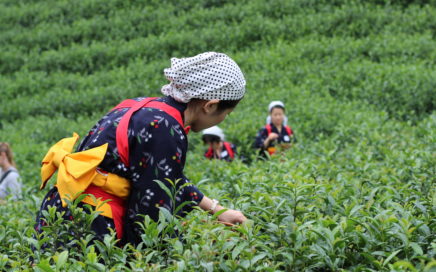
Last week, we held our tri-annual tea picking and rolling event at Obubu to celebrate the beginning of the autumn harvest. The history of hand picking tea in Japan stretches back around 800 years to the Kamakura period, when tea seeds were first brought to the Kyoto prefecture from China. Traditionally, women would wear beautiful, […]
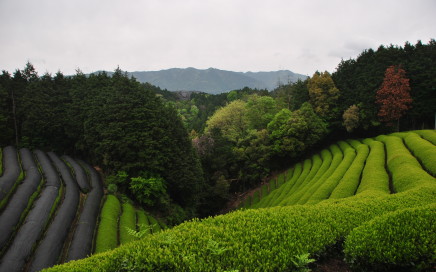
八十八夜 Hachijuhachiya is the 88th night since the beginning of spring, according to the traditional Japanese lunar calendar. It falls in the last days of April or first ones of May and it used to mark the start of harvesting shincha. Shincha 新茶 in Japanese literally means “new tea” and it refers to the new shoots picked and processed in early spring. Usually […]
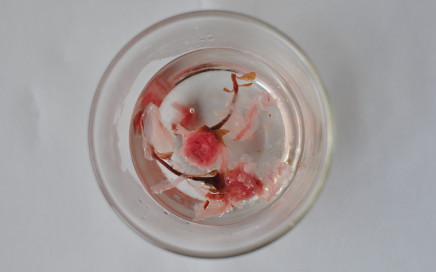
The blossom of cherry trees is the national flower of Japan and a symbol of the country’s uniqueness. The custom of admiring cherry trees in bloom is said to have started during the Nara Period (710–794) when the elite of the Imperial Court followed the Chinese custom of ume (plum) blossoms instead. But by the […]
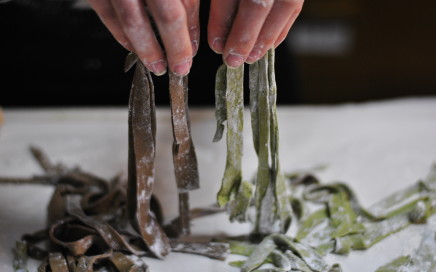
for 4 portions 3 cups (approximately 400 g) of plain flour 1 cup (approximately 250 ml) of water 3 tbsp of Genmaicha Powder (15g) salt 1. Mix the flour together with the Genmaicha-or Hojicha powder and add a pinch of salt. 2. While stiring, add water slowly 3. Knead the dough until you get a […]
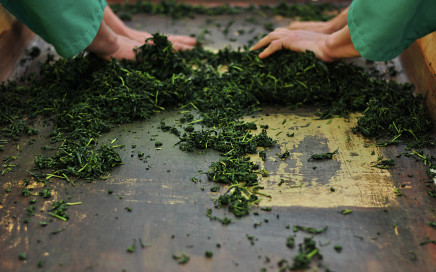
After Akkisan, Obubu’s President and farmer took part in the 宇治茶製法手もみ技術大会 ‘Uji Tea Tea Rolling Competition’ and became 2nd together with the Wazuka Team it is time to explain a little more in detail about the hand- processing of Sencha. There are two ways delicious sencha is produced: a hand rolling process (temomi) and a […]
The Tea Ceremony, or Chanoyu, is a Japanese cultural art as well as a philosophy and spiritual discipline. Chanoyu, literally translated, means “hot water for tea”. Today, tea ceremony is often referred to as chado or sado, meaning “the way of tea”. At first glance the tea ceremony may seem to be an overly formal […]
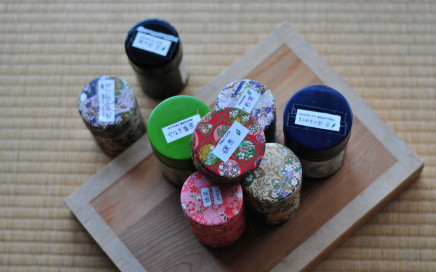
Part of enjoying tea culture is the anticipation of opening a new packet of tea. With the opening of the seal, the delightful aroma is a delightful preface to the cup of tea you are about to enjoy. As we all have experienced, slowly over time, the opened loose tea seems to lose some of […]